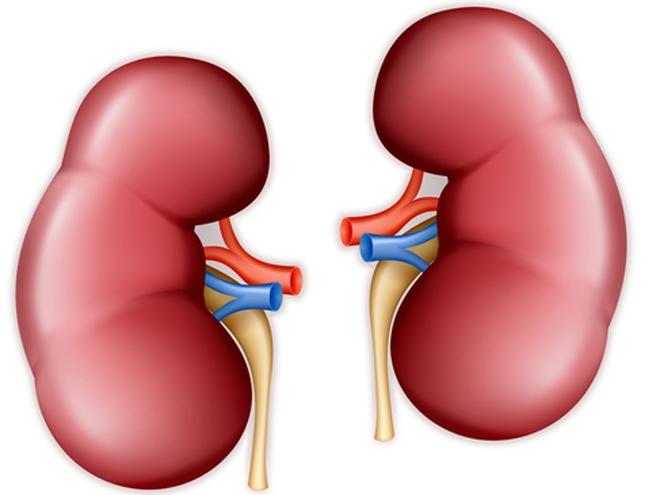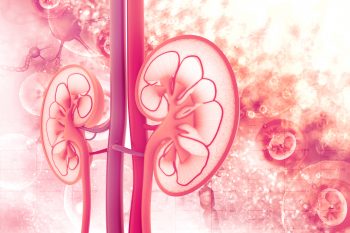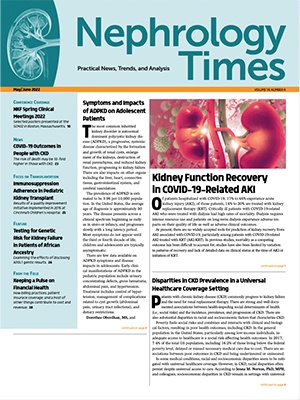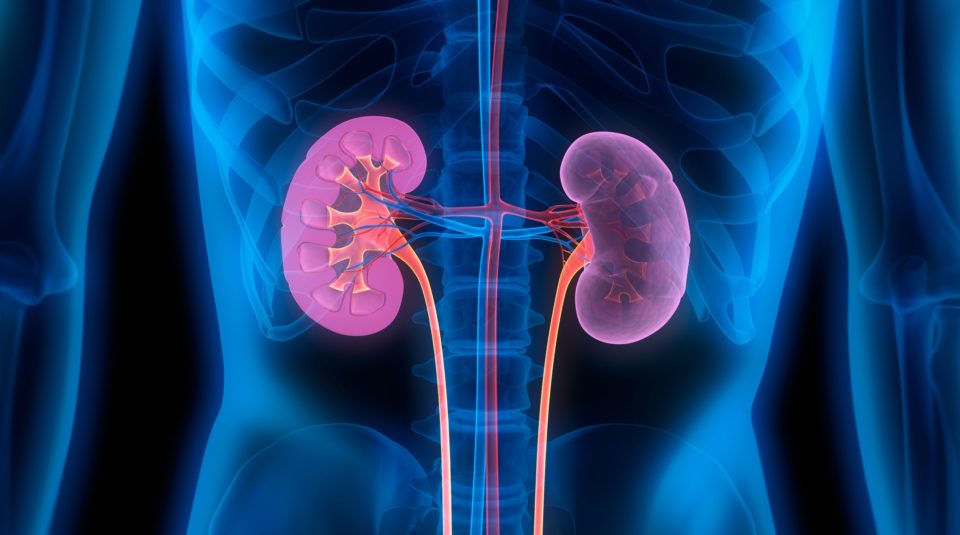
Approximately 15% of patients with chronic kidney disease (CKD) develop metabolic acidosis. As kidney function declines, the ability of the kidneys to eliminate acid fails, as indicated by a decrease in ammonium and titratable acid exertion.
In a recent issue of Advances in Chronic Kidney Disease, Naveen PG Ravikumar, MD, and colleagues examined the relationship between acid-mediated kidney injury and predictors of impending metabolic acidosis [doi.org/10.1053/j.ackd.2022.04.009].
Results of several recent studies have demonstrated that the net acid load is unchanged in patients with reduced kidney function, and that the resulting acid accumulation may precede overt metabolic acidosis. Indicators of urinary acid or potential base excretion such as ammonium and citrate may serve as early signs of developing metabolic acidosis.
In patients with and without overt metabolic acidosis, acid retention initiates compensatory responses to promote tubulointerstitial fibrosis via intrarenal complement activation and upregulation of entothelin-1, angiotensin II, and aldosterone pathways. The net effect of those responses is a cycle between acid accumulation and kidney injury.
Small- to medium-sized interventional trials have suggested that further kidney injury may be prevented by interrupting this cycle via base administration.
“While these findings inform current clinical practice guidelines, large-scale clinical trials are still necessary to prove that base therapy can limit chronic kidney disease progression or associated adverse events,” the authors said.







 © 2025 Mashup Media, LLC, a Formedics Property. All Rights Reserved.
© 2025 Mashup Media, LLC, a Formedics Property. All Rights Reserved.